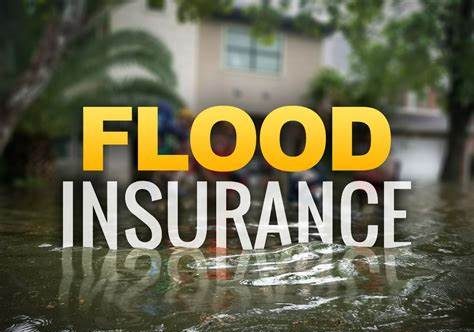Damage Soars, but Insurance Claims Languish
This weekend’s Pineapple Express wreaked havoc across California, with damages estimated in the billions. However, the aftermath reveals a surprising trend—residents are not rushing to file insurance claims. Less than 2 percent of California homes are insured against floods, leaving homeowners to bear the brunt of rebuilding costs caused by downed trees, mudslides, and water damage.
Climate Change Compounds Weather Woes
California has long been accustomed to weather-related catastrophes, but climate change has intensified the frequency and severity of wildfires and storms. While there’s a clamor for fire insurance, flood insurance, which is widely available, remains largely overlooked. Last winter’s atmospheric rivers caused $4.6 billion in damages, yet most affected homes lacked flood insurance.
Enrollment Drop Despite Previous Damages
Surprisingly, the months following last winter’s devastating events did not witness a surge in flood insurance enrollments. The National Flood Insurance Program (NFIP), covering the majority of California homes, saw only 3,000 new enrollments between January and July. Subsequently, enrollment dropped from 194,625 policies to 191,622 in December.
Insurance analyst Rob Bhatt notes, “We haven’t seen a rush of people saying, ‘Oh, I need flood insurance.’ That’s a little surprising.”

Read more:
- Record Rainfall and Dangerous Winds: Millions in California at Risk
- Los Angeles Smog Worsens, EPA Considers Rejecting Pollution Control Plan
- Trans Drivers Unable to Change Gender on Licenses in Florida
- Northern Lights Treat for New Mexico Residents!
The Challenge of Flood Insurance in California
Several factors contribute to the low adoption of flood insurance in the state. Unlike fire insurance, flood insurance is not mandatory for federally backed mortgages. It is purchased separately from homeowners insurance and is only required for areas FEMA estimates to flood more than once every 100 years. Outdated flood risk maps, indicating only 2 percent of properties needing insurance, contribute to the low enrollment numbers.
Moreover, NFIP policies can be costly, averaging $866 annually. With rising homeowners insurance prices, primarily to cover increased fire risk, homeowners are grappling with the combined cost. Bhatt highlights the dilemma: “At that point, you’re saying, ‘I’m already paying so much for my regular homeowners insurance. Why am I paying for flood insurance?’”
Risk Perception and the Overlooked Threat
Another factor affecting flood insurance adoption is risk perception. With a focus on natural disasters like droughts and wildfires in the past two decades, floods took a backseat. Rob Moore, director of flooding solutions at the Natural Resources Defense Council, comments on this shift: “It’s only been the last year that floods came back into people’s consciousness.”
Private insurers, despite slowly increasing flood policy offerings in other flood-prone areas, have not significantly impacted the underinsured residents in California. Nancy Watkins, a consultant with Milliman, points out that companies struggling to address wildfire insurance challenges are less inclined to delve into flood insurance.
Closing the Gap: A Call for Awareness
As California grapples with the aftermath of the Pineapple Express, there is a pressing need to address the flood insurance gap. Increasing awareness about the risks, updating flood risk maps, and addressing the cost concerns could encourage more residents to secure the protection they need. With climate change amplifying weather-related challenges, it’s imperative for Californians to recognize the importance of safeguarding their homes against all potential threats. The financial aftermath of disasters should not be a burden borne solely by homeowners, and proactive steps toward comprehensive insurance coverage are crucial for the resilience of communities statewide.

